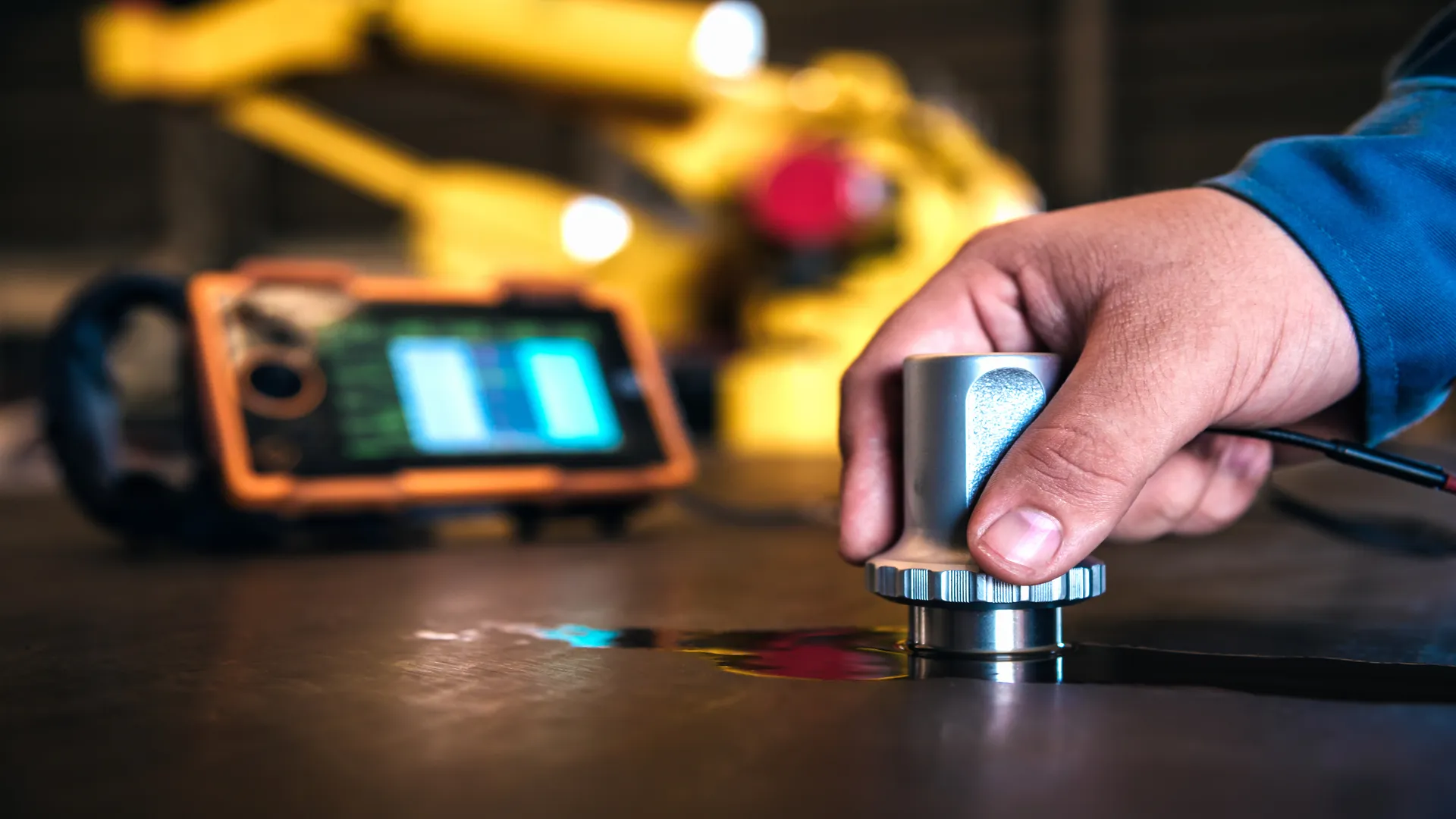
Integrity inspection and reliability prediction of critical assets in the oil and gas industry are key priorities for oil and gas operators. Among the degradation problems affecting these facilities, environmental corrosion, hydrogen-induced damage and stress-related cracks in steels are particularly serious.
Corrosion is a natural phenomenon, commonly defined as the deterioration of a material (usually a metal) resulting from a chemical or electrochemical reaction with its environment. Environmental corrosion cracking occurs due to the combined action of three factors: a susceptible material, a corrosive environment and tensile stress. The stresses that cause this type of environmental cracking can be derived from residual cold work, welding, grinding, heat treatment, or applied externally during service. To cause damage, these stresses must be tensile.
Environmental cracking refers specifically to corrosion cracking triggered by a combination of conditions that can lead to various forms of corrosion damage, such as stress corrosion cracking (SCC), corrosion fatigue or hydrogen embrittlement. Consequently, integrity inspection and reliability prediction of steel assets in the oil and gas industry are high priorities.
Some of the most challenging defects include environmental corrosion cracking, such as chloride stress corrosion cracking (Cl-SCC), hydrogen induced cracking (HIC), stepwise cracking (SwC) and various forms of SCC. These damage mechanisms are difficult to detect, especially in their early stages, and require advanced NDT technologies operated by qualified technicians and engineers. This is particularly important in large-scale inspection studies, which require a comprehensive approach to data analysis to detect the presence of these critical damage mechanisms.
In general, NDT can be used on any test object to measure wall thickness, identify metal loss, detect weld defects and identify anomalies. Compared to conventional NDT, advanced NDT technologies offer faster results, a permanent record and higher inspection accuracy.
Various non-destructive testing techniques are available to identify HIC, SwC and SCC. The objectives of using advanced NDT technologies include improving personnel safety, proactively preventing failures, improving plant integrity, identifying damage mechanism locations, and developing strategic replacement and budget plans.
[post_relacionado]
Advanced non destructive testing (ANDT)
Advanced Nondestructive Testing (ANDT) comprises a wide range of innovative techniques to inspect and analyze anomalies in assets with minimal disruption to operations. Therefore, advanced nondestructive testing technologies with appropriate techniques are used to inspect and detect these critical defects, allowing engineers to perform evaluations and analysis.
Fortunately, there are several techniques that allow for reliable inspection, which will be discussed in the following sections. Among the most reliable are:
- Advanced Automated Ultrasonic Testing Techniques (AUT)
- Eddy Current Array (Eddy Current Array)
- Phase Array Techniques (Phased Array)
- Time-of-Flight Diffraction (Time-of-Flight Diffraction)
Advanced NDT technologies, such as Phase Array Technique (PA), can provide instantaneous images of defects, helping to verify possible connections between blisters or staggered cracks.
Similarly, Automated Advanced Ultrasonic Scanning (AUT) is another technique that allows inspection of large areas and is capable of detecting major defects such as blisters, multi-deep inclusions and laminations, as well as allowing closer examination of suspect areas to monitor the development of step cracks.
Conclusion
Advanced NDT technologies provide valuable information on the location, geometric characteristics and growth of environmental corrosion cracks. These techniques have produced excellent results, proven through metallurgical analysis, and are invaluable for monitoring corrosion cracks.
The data obtained supports engineering evaluations, fitness-for-service studies, extends the life of plant equipment and piping, supports repair and replacement planning, and ensures safe operations.
This article was developed by specialist Mohammed A. Abufour and published as part of the fourth edition of the Inspenet Brief magazine December 2024, dedicated to technical content in the energy and industrial sector.